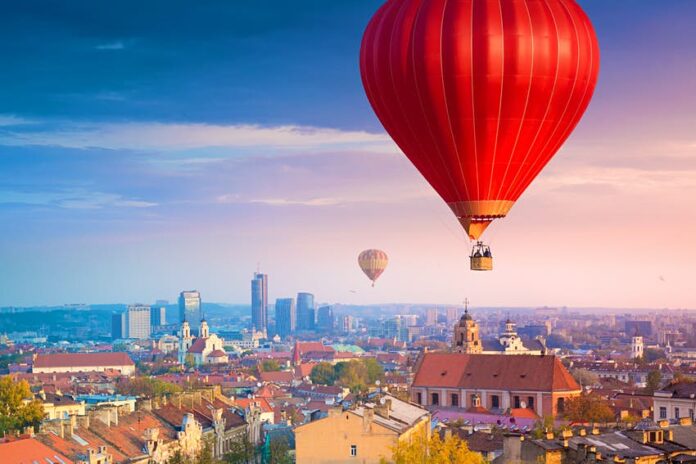6 Things to Know Before You Travel to the Baltic Region
The Baltic states of Lithuania, Latvia, and Estonia, collectively known as the Baltic states, are not even close to the size of Belarus. Serbians, for example. Their names, locations, and capital cities are frequently misunderstood, and people outside of Europe are rarely aware of their existence. Their loss is theirs.
The Baltic states have a lot to offer, and the only way to discover it is to go there. Of course, reading this post might be of some assistance. But don’t take our word for it; you’ll have to visit the Baltic states for yourself to see for yourself. Plan your trip with TravelAddicts and enjoy the natural and thriving habitat of the Baltics.
1. Best Time To Visit The Baltics

The Baltic Sea has a strong influence on the weather in the Baltic countries, particularly in coastal cities such as Riga, Tallinn, and Klaipeda. Maritime climates prevail in these places. In the Eastern and Western regions of the Baltic countries, such as Vilnius and Tartu, however, continental climates prevail.
The best times to visit the Baltic countries are in the summer and spring. The months of May and June are the hottest of the year, while July and August are quite temperate. Birdwatchers should visit the Baltic countries in October to see migratory birds in their natural habitat.
Visiting during the winter provides its own set of benefits. For starters, hotel rates are significantly lower during this period. Cross-country skiing is also available in the Southern Estonian hills. From December to March, the nights are long and the snow is plentiful, but there are plenty of ice rinks and saunas to keep you warm. Tallinn in the winter is a fantastic place to visit.
2. Traveling Around The Baltics
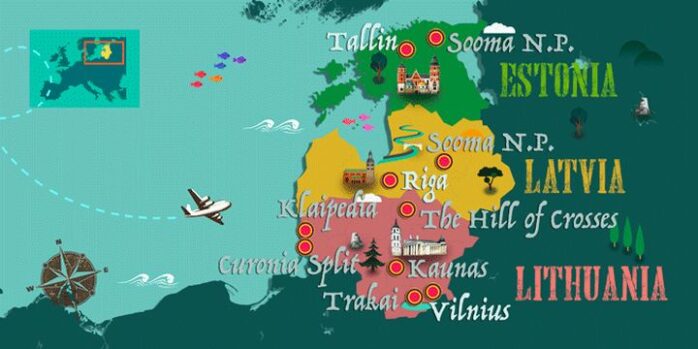
Estonia, Latvia, and Lithuania all have excellent train networks that are simple to use and very accessible. Many residents use the train to get around because these lines run all over the country. Aside from commuting lines, the train can also be used to traverse large distances.
Traveling throughout the major cities of the Baltic countries is easy because the bus networks are quite reliable. Tickets can be purchased at the station, on the train, or online. It is very convenient to travel around Lithuania by bus because the system connects all of the places you want to go. Intercity, suburban, and cross-country buses serve these areas.
Cycling is widely practiced in Lithuania. There are pathways in several of the country’s major cities, as well as two international bicycle routes. When biking around big cities in Estonia and Latvia, extreme caution is required, particularly when there is a lot of traffic. Heavy traffic begins around 5 p.m. and continues until 8 p.m., so it’s best to cycle first thing in the morning.
Another option for getting about Estonia, Latvia, and Lithuania is to take a taxi, hire a car, or hitchhike. The Baltic countries, in fact, have a strong hitchhiking tradition and are among the nicest places to do it.
3. The Food Culture In The Baltics
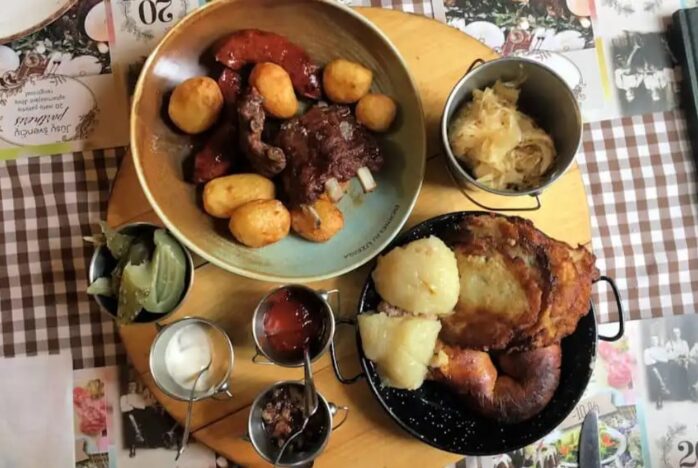
Some may scoff at the concept of visiting Eastern or Northern Europe solely for the sake of eating. Regardless of whether you prefer grandmotherly delicacies like slow-cooked pork and cabbage or more upmarket dining, Lithuania, Latvia, and Estonia have something for you.
Estonia is known for its top restaurants, and Riga’s Quiet Center is a good place to go if you want to see independent eateries that show off their chefs’ skills. Smoked fish is available along Lithuania’s coast, and numerous well-known restaurants in Vilnius produce specialty meals that look as good as they taste.
4. Annual Festivals Of The Baltics
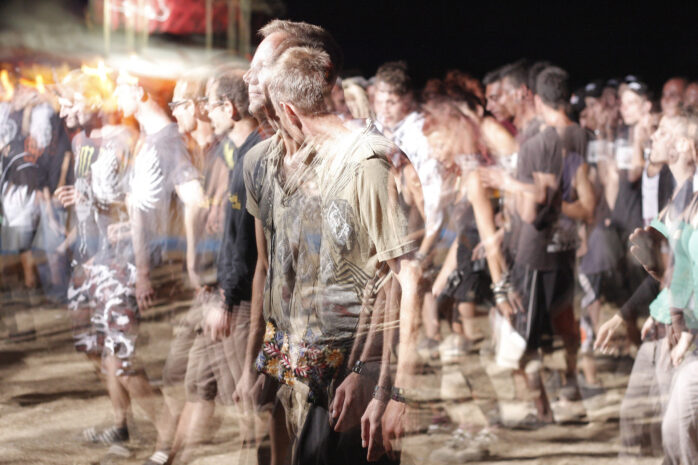
When visiting Latvia, Estonia, or Lithuania, travelers who schedule their trip around annual festivals will have a more enjoyable time. The Baltics highlight niche interests, local culture and history, and citizens’ ingenuity and talent through film festivals, folk song and dance festivals, and medieval festivals, as well as outdoor markets and parades. During these festivals, visitors can frequently attend for free, sample regional cuisine, and purchase one-of-a-kind souvenirs such as Baltic amber, handcrafted apparel, or pottery.
5. History Of The Baltics
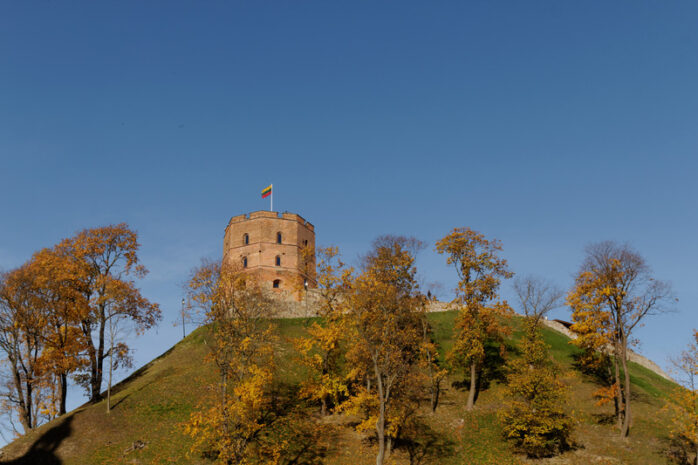
Have you heard about the Baltic Way’s history? In 1989, individuals joined their hands to form a 675-kilometer long human chain during a peaceful political march. Memorial plates recognizing this remarkable historical event can be found in all three capitals. In addition, the Baltic States were victims of twentieth-century misfortune.
You can learn about the heartbreaking (or heartwarming) stories of the Nazi and Soviet invasions of these countries. Take a walk around the memorials, great social-history museums, and the fascinating Stalinist architecture. Estonia is proud of its Singing Revolution; in the spring, the capital organizes Tallinn Music Week, which features a range of genres.
6. Natural Habitat Of The Baltics
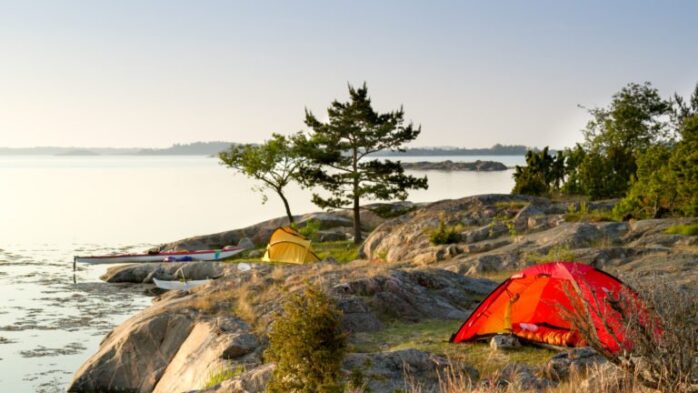
There are locations in the Baltic States where you can’t help but feel that nature is in charge. One of the icings on the cake is that these countries are devoid of tourists, allowing you to simply take up the scenery. Anyone who wants to get out in the fresh air will find a plethora of activities to choose from.
Berry picking, cycling through lush woodlands, canoeing down a leisurely river, and bird-watching are all options. Those looking for a rush of adrenaline can try everything from bobsledding to bungee jumping. Try cross-country skiing or exploring the cliffs and caves if you still have reservations. Gauja National Park, Aukstaitija National Park, and the Aegviidu-Korvemaa recreation area are all worth visiting.
Conclusion
Let us provide you with a list of questions that you may encounter while booking your tickets as a starter bundle. ‘Why the Baltics?’, ‘There are so many Must-see places in Europe,’ and other comments may be made in response to your decision. Answer their queries with experiences, memories, and photos from your vacation to the Baltics, and you’ll undoubtedly be directing them to this great region next!

